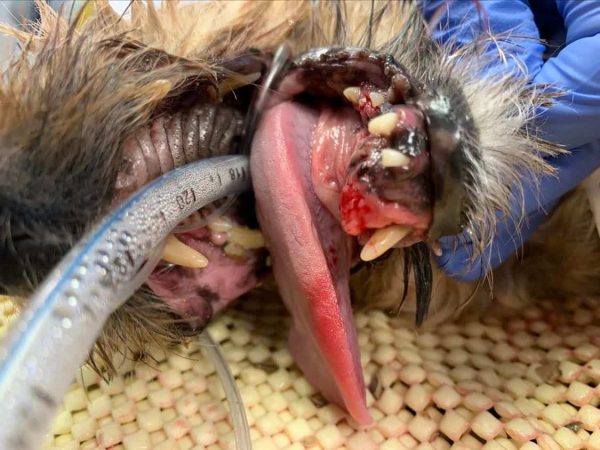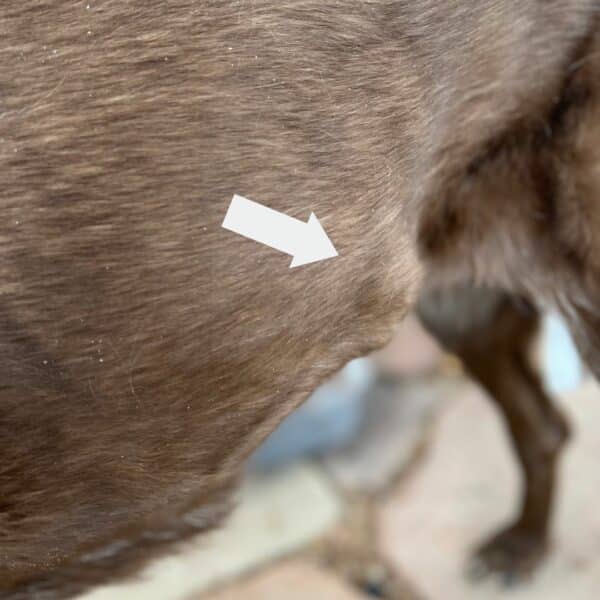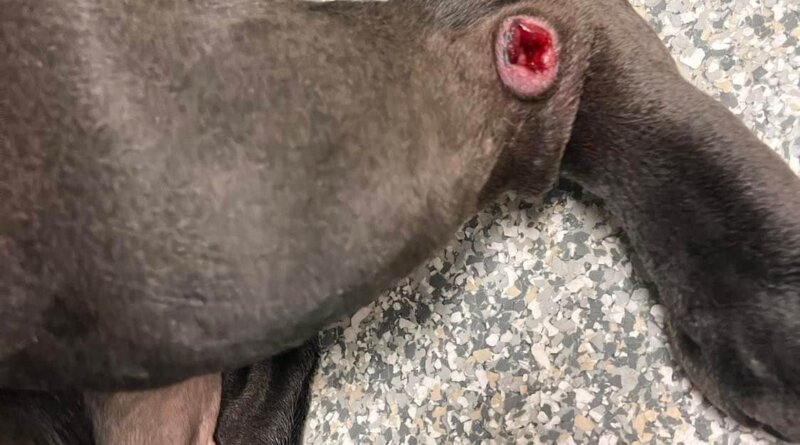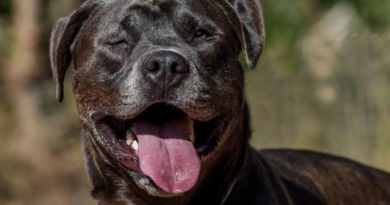Signs, Diagnosis & Treatment – Dogster
There are a lot of variations of canine tumors and not all are created equal. Some tumors are less problematic for dogs, while others risk spreading throughout the body. Understanding common types of tumors, how they present and are treated, and symptoms to watch for, is essential in early treatment and intervention.
Two main types of dog tumors
Tumors are characterized as either benign or malignant:
Benign tumors are noncancerous tumors that will not spread throughout the body.
Malignant tumors are cancerous and have the ability to spread cancer throughout your dog’s body. Early intervention is a key component to treatment and recovery.

Common tumors in dogs include:
- Lipoma.Benign, fatty tumors that tend to be soft and mobile (not attached to your dog’s body wall) and range in size.
- Mast cell tumor (MCT). Malignant tumors that often look like warts or bug bites and can change in size. MCTs are most commonly seen in Boxers, Boston Terriers, Bull Terriers, and Pugs.
- Papilloma.Wart-like, viral tumors that typically appear in or around a dog’s mouth. Papillomas are benign but contagious between dogs and are typically characterized as whitish masses with cauliflower texture.
- Histiocytoma. A fast growing, benign tumor typically found in young dogs. These tumors are known for infection and ulceration, however tend to resolve on their own with time.
- Hemangiosarcoma. A highly malignant tumor stemming from blood vessels. This tumor often affects the liver, skin and spleen and commonly impacts senior pups.
- Osteosarcoma. Malignant tumor of the bones, osteosarcoma causes significant pain, often affecting a forelimb.
- Melanoma. Malignant tumors often found in the oral cavity of dogs and can be very aggressive. There is now a melanoma vaccine available to dogs diagnosed with this tumor!
- Sebaceous gland tumor. Raised nodules that originate from sebaceous glands. In rare cases, sebaceous cysts become malignant. Remember that no tumor should go unmonitored or forgotten!
Symptoms
Dog tumor symptoms will vary greatly depending on many factors and may include:
- Visualizing a lump or bump
- Limping
- Pain
- Low appetite
- Difficulty eating
- Vomiting or diarrhea
- Coughing
- Weight loss
If your dog shows any of these symptoms, visit your veterinarian.
Diagnosis
The most common ways to diagnose dog tumors include:
- Fine needle aspirate (FNA). A fine needle aspirate (FNA) involves collecting samples of cells from your dog’s tumor using a needle and syringe and viewing these cells microscopically.
- A biopsy involves collecting and submitting a small amount of the tumor for pathology review. A biopsy reveals detailed information about the tumor and can help to stage malignant tumors.
Your veterinarian may recommend additional testing such as radiographs, abdominal ultrasound or a lymph node biopsy.



Treatment
Treating malignant tumors may include:
- Surgical removal
- Radiation
- Chemotherapy
- Palliative or hospice care
Treating benign tumors may include:
- Surgical removal
- Managing infection
- Lifelong monitoring
Early detection at home
Benign tumors should remain closely monitored by you and your veterinary team. If changes occur in size, shape or consistency, have them reassessed. Regular exams by your veterinarian are key in finding tumors less visible to the naked eye.
Early detection of malignant tumors often happens at home. Regularly massaging your dog can help you keep tabs on current and new tumors. Monitor changes in your dog’s everyday behavior and listen to your gut. You are your dog’s biggest medical advocate!




